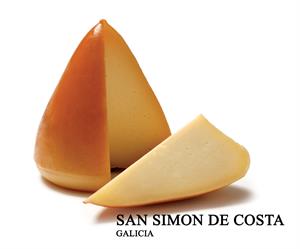Cheese is a tradition in Spain that goes back several generations. Each cheese is unique in its flavor, color, aroma, and texture, as each of the varieties have a distinct recipe and production method. The type of cheese is primarily determined by the type of milk used: goat, cow, sheep, or a combination of two or three! Cheese production differs across Spain, depending on the region's history, traditions, and curing secrets.
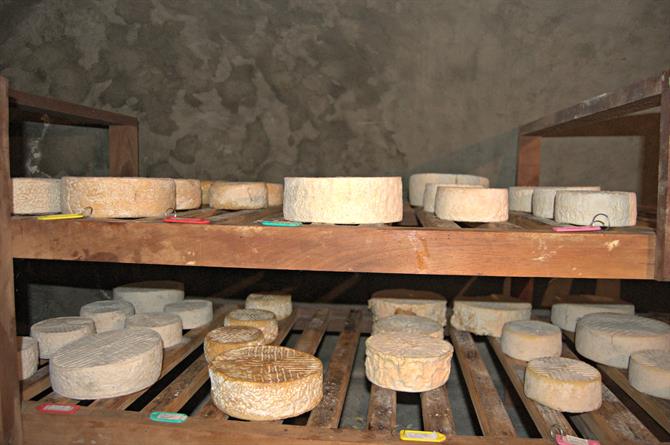
Cheese can be classified as light, medium, or strong. The lighter cheeses are typically made from cow's milk and strong cheeses from sheep or goat's milk. The longer the cheese undergoes its aging process, the stronger the flavor tends to be as well.
To produce a quality cheese that is appreciated world-wide requires a lot of knowledge and a lot of work. After several centuries of cheese production, there's no doubt that Spain succeeds in making some of the most popular cheeses in the world. In Spanish culture, cheese is a regular accompaniment to lunch and dinner and is often enjoyed with wine during social gatherings.
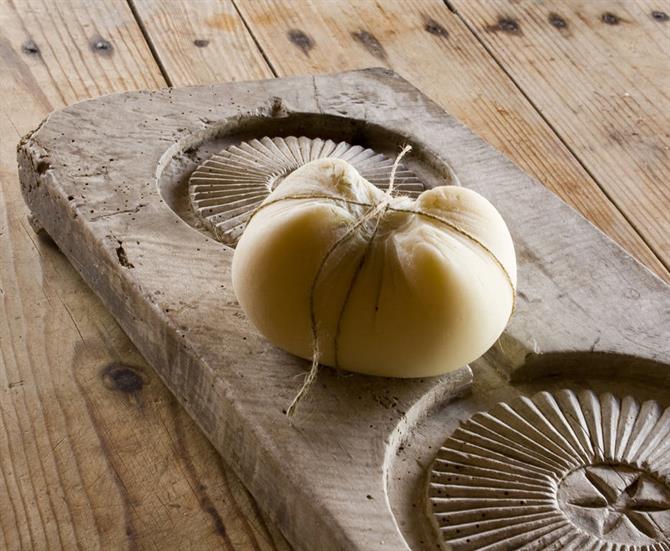
Spanish origin labeled cheeses
DOP (Denominación de Origen Protegida) and IGP (indicación de origen Protegida) are stamps that confirm a cheese's origin, emphasizing the region where the cheese is made. The cheeses are analyzed for their chemical, bacterial, and organic content along with other characterisitics, and this information can sometimes be found on the stamps too.
Spain has 27 original branded cheeses. Below we list 12 of these cheeses with their respective information and pictures so you can make a more informed decision next time you are cheese shopping!
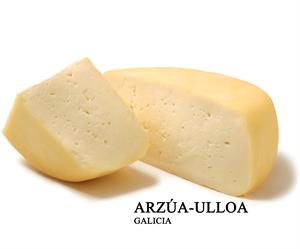 ARZÚA-ULLOA OST
ARZÚA-ULLOA OST
This is a cheese with a long history, originating from Galicia and can still be found found today in La Coruna and Lugo, where the handmade cheese is made with milk from the region's own cows. The dark yellow and relatively soft cheese is a bit salty, with an oily and smooth flavor that offers a slightly sour aftertaste.
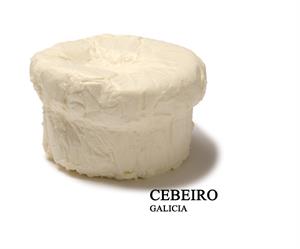 CEBEIRO
CEBEIRO
Cebeiro is another cheese from Galicia that is oily and yellowish-white, with a soft and creamy texture, as well as a sour and almost spicy flavor and aroma. Only milk from specially selected cows in Galicia may be used when making this cheese, which usually becomes a doughy and mushroom-shaped final product.
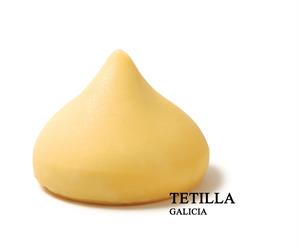 Tetilla
Tetilla
Tetilla literally translates to "little nipple" due to its shape! The cone-shaped cheese is cured for as little as seven days and up to one month before it achieves its dry and fatty texture. With a bright yellow color and mild salty flavor, its a popular cheese for cooking.
SAN SIMON DE COSTA
The recipe for this smoked cheese dates back to medieval Galicia when outstanding cheeses were used as payment for taxes and other things. San Simon da Costa is cured between 30-45 days and then smoked for its dry but rich-in-fat texture. With a creamy yellow color that sometimes has a brown-like tone, this cheese is a perfect blend of a lightly smoked aroma combined with a bit of salty and spicy taste. A nice option to pair with a glass of red wine or a variety of cold cuts.
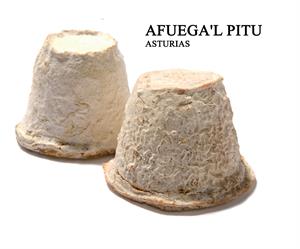 AFUEGA'L Pitu
AFUEGA'L Pitu
Afuega'l Pitu is one of the oldest types of cheese in Spain and is often made in various forms with different flavors. "Troncado" resembles a flower pot upside down. "Blanco" is the filtered version, while "El Rojo" has a red color from being rolled in red paprika. "Trapo" is a type that has been filtered in a cloth bag and generally has a slightly acidic taste with hints of spices and yeast.
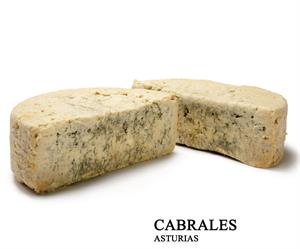 CABRALES
CABRALES
This cheese is typically made from unpasteurized cow's milk, but is sometimes mixed with goat or sheep milk. This, of course, helps to strengthen and spice-up the taste that Cabrales offers. Initially, Cabrales cures on stone for two weeks, and is then stored for a further 2-5 months in natural caves in the region of Asturias. Cabrales has a strong flavor, sometimes almost sour, and is reminiscent of gorgonzola.
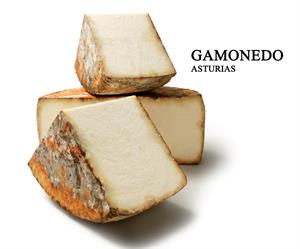 Gamonedo
Gamonedo
Gamonedo is a lightly smoked cheese that is yellow-brown in color. Unlike Cabrales, Gamonedo is slightly more compact with a little more mold. The taste is slightly spicy and salty with small hints of smoked aroma which together with the mold creates a very special taste that is perfect for salads and sauces.
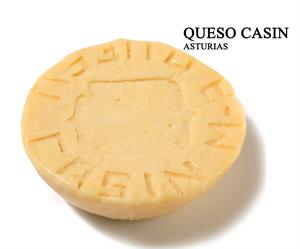 Casin
Casin
The cheese Casin, one of Europe's oldest cheeses, is handmade from full-fat pasteurized cow's milk, and only cows belonging to a specific breeds in Asturias. With a firm texture and a strong, spicy, and very aromatic flavor, this cheese is certainly a favorite of many. With a long-lasting aftertaste, this Asturian cheese should be eaten with red wine or something sweet.
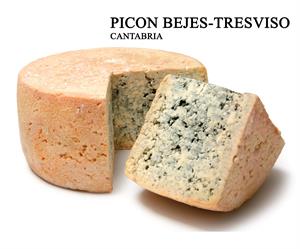 PICON BEJES-Tresviso
PICON BEJES-Tresviso
With its thin and grey, green, and yellow skin, Picon Bejes is a creamy, dense, and spicy cheese that is sold wrapped in gold foil. Just as many other cheeses from the area are cured in limestone caves, so is this one. In less than two months, the cheese ripens in the high humidity, cellar-like caves. This contributes to the strong smell and blue character that emerges with the help of bacteria called Brevibacterium. A powerful cheese with a slightly spicy taste.
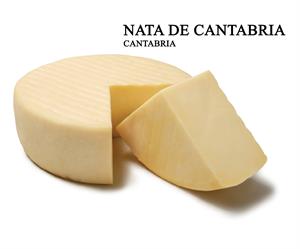 Nata de Cantabria
Nata de Cantabria
With a slight salty taste and a firm but creamy texture, you will understand why this cheese translates to "Cantabria cream". The creamy colored and thin skinned cheese is a favorite in the region of which it is made. This cheese is ideal for cooking because it is easy to digest, and is nice to eat with other snacks and cold cuts. It melts easily in the mouth and leaves a distinct, slightly bitter aftertaste.
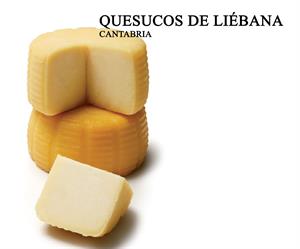 QUESUCOS de Liebana
QUESUCOS de Liebana
"Quesucos de Liébana" comes in many different forms, is made with different kinds of milk, and requires a variety of levels of smoking and storage. The lighter of these cheeses have a smoother taste and are well suited to baking and salads. The harder cheeses with a stronger flavor are more suitable for cooking and for use in sauces.
For a larger, more descriptive list of Spanish cheeses with names, info, and maps, visit Spain's official diet and health website.
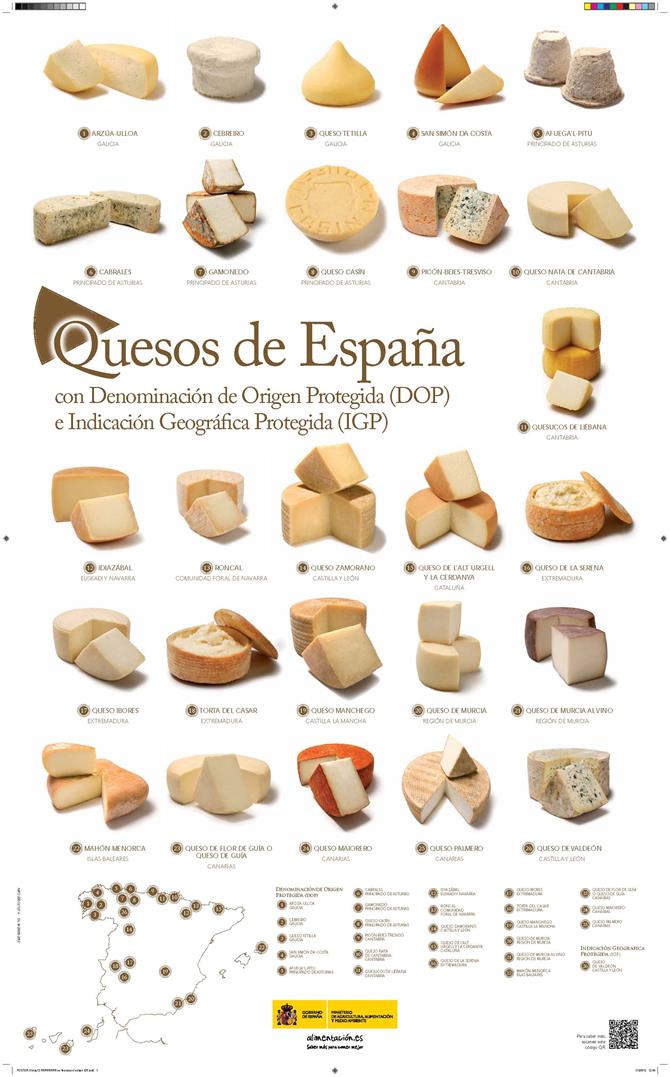
Thinking about visiting Galicia or Asturias where most of these cheeses are produced? Check out more about Spain's beautiful northern regions!
Exploring Asturias by luxury train
10 Beautiful Beaches in Galicia

